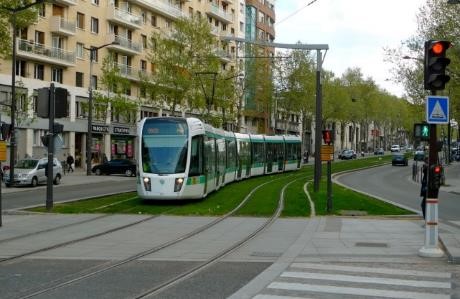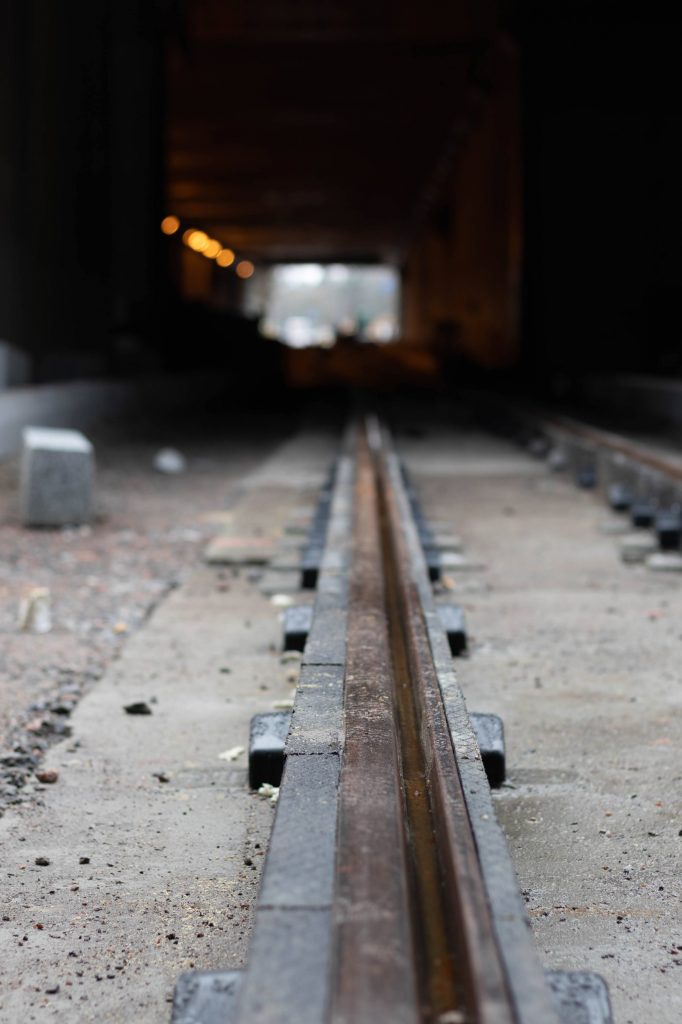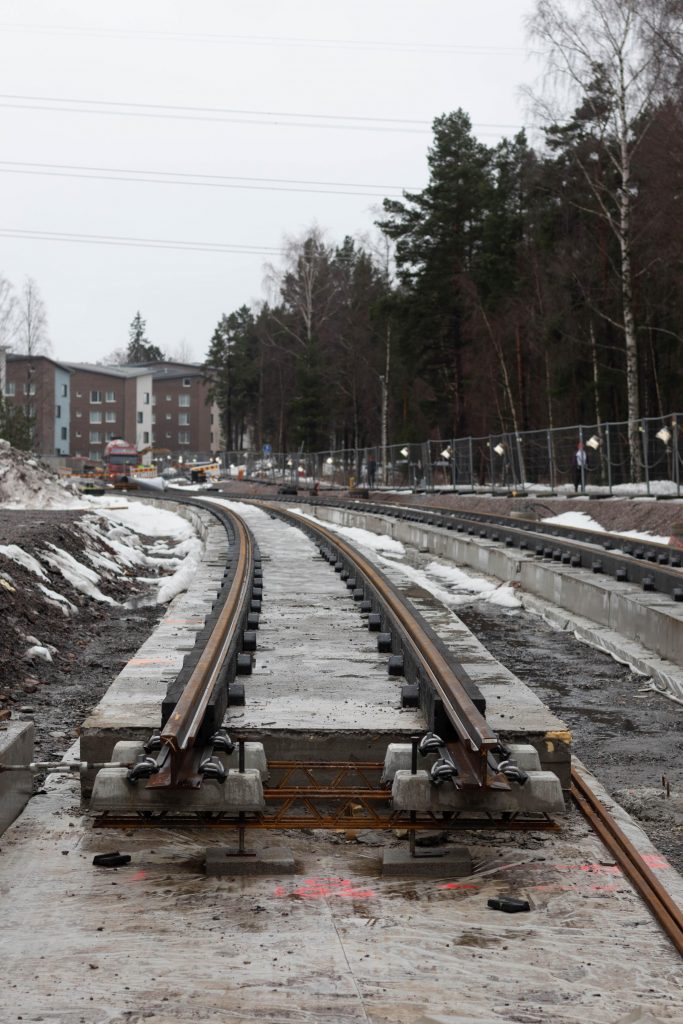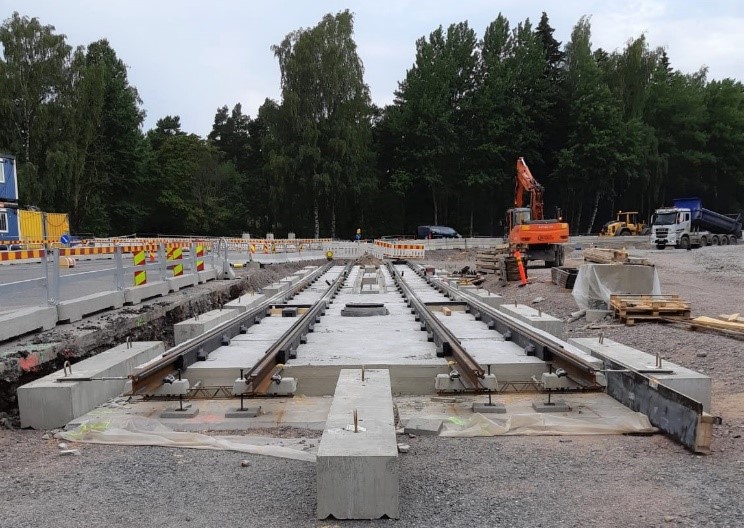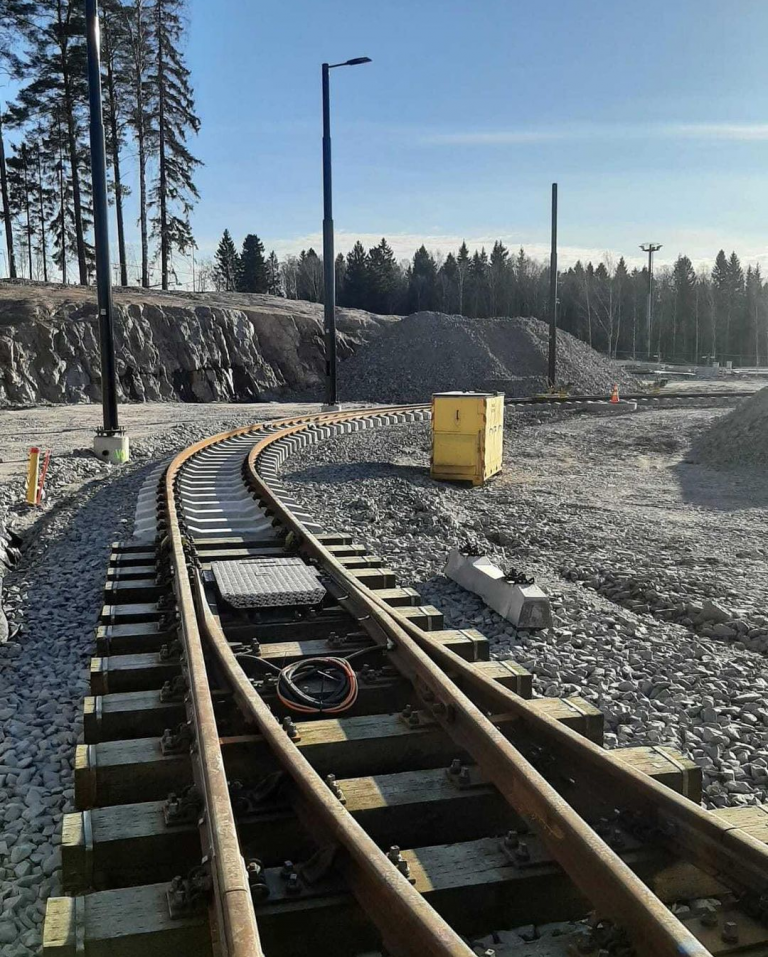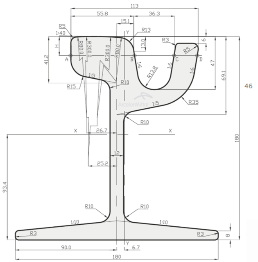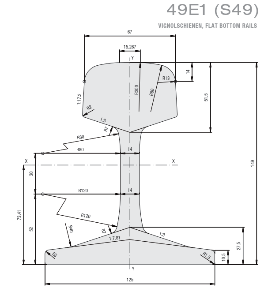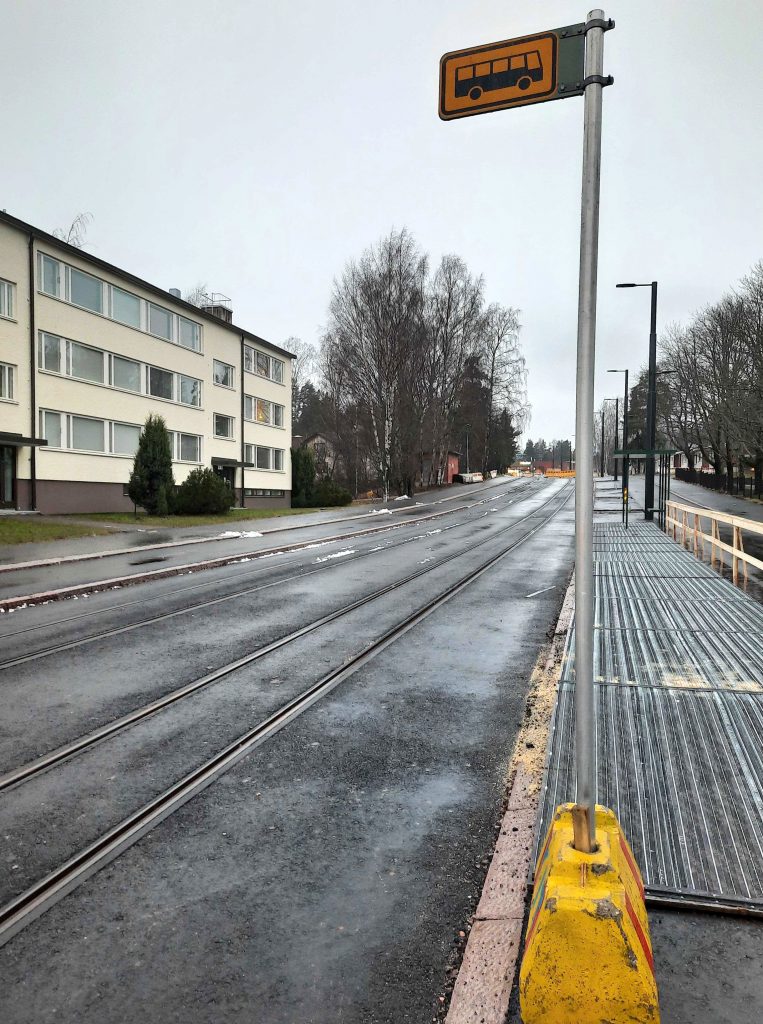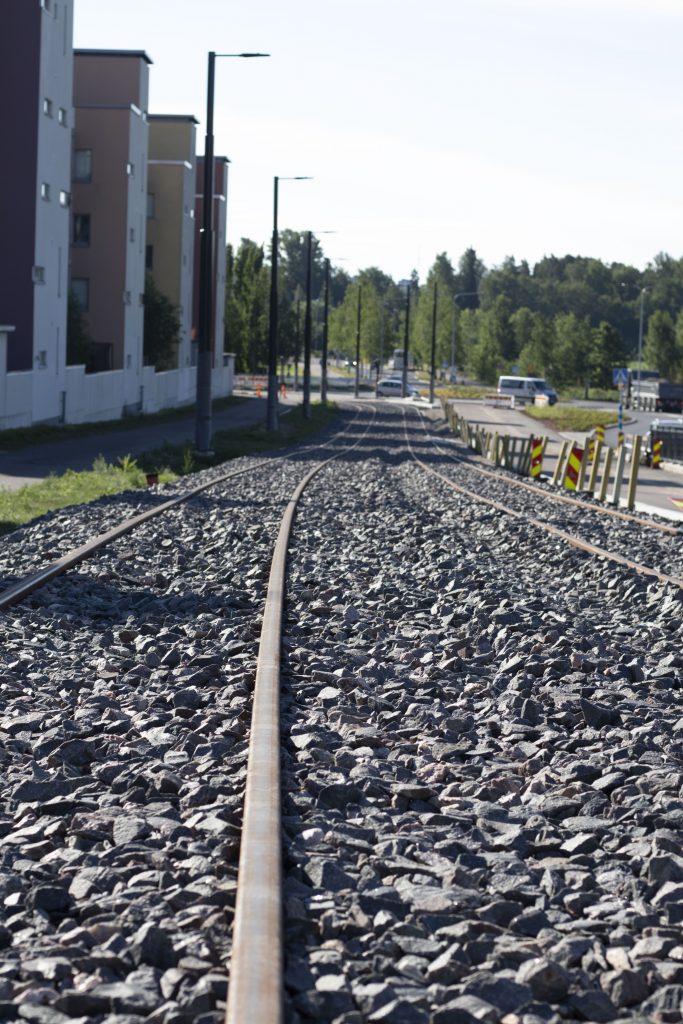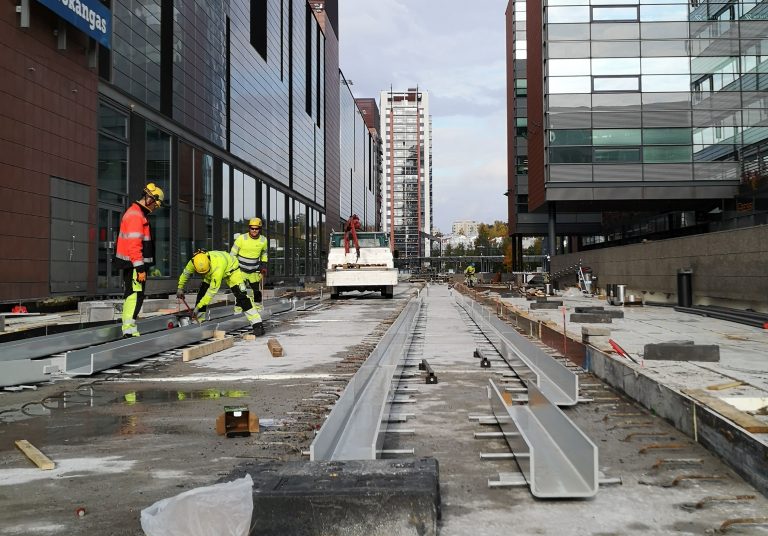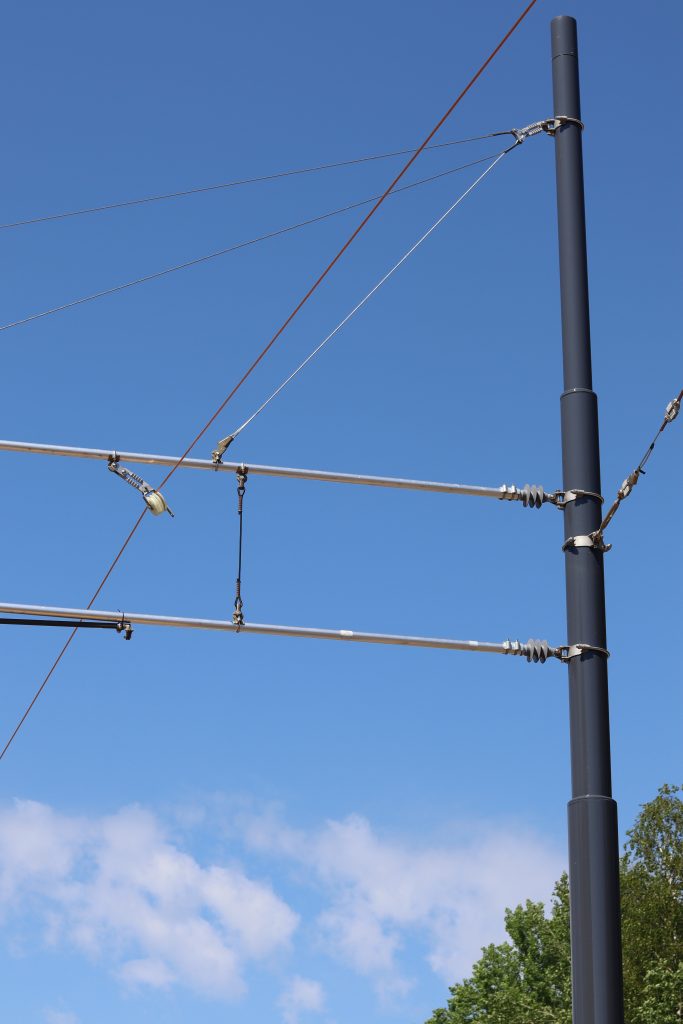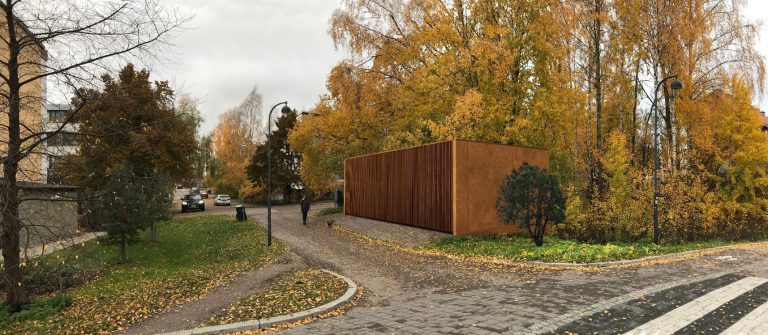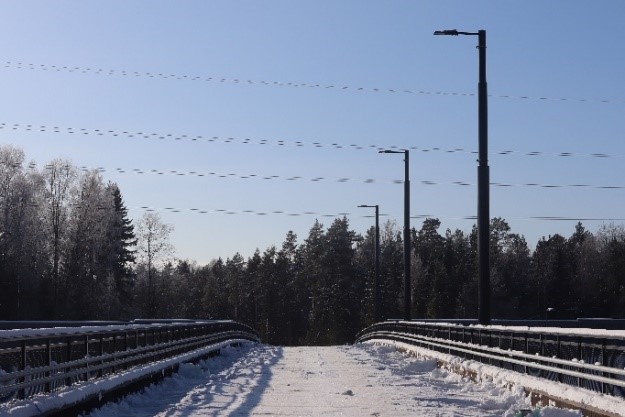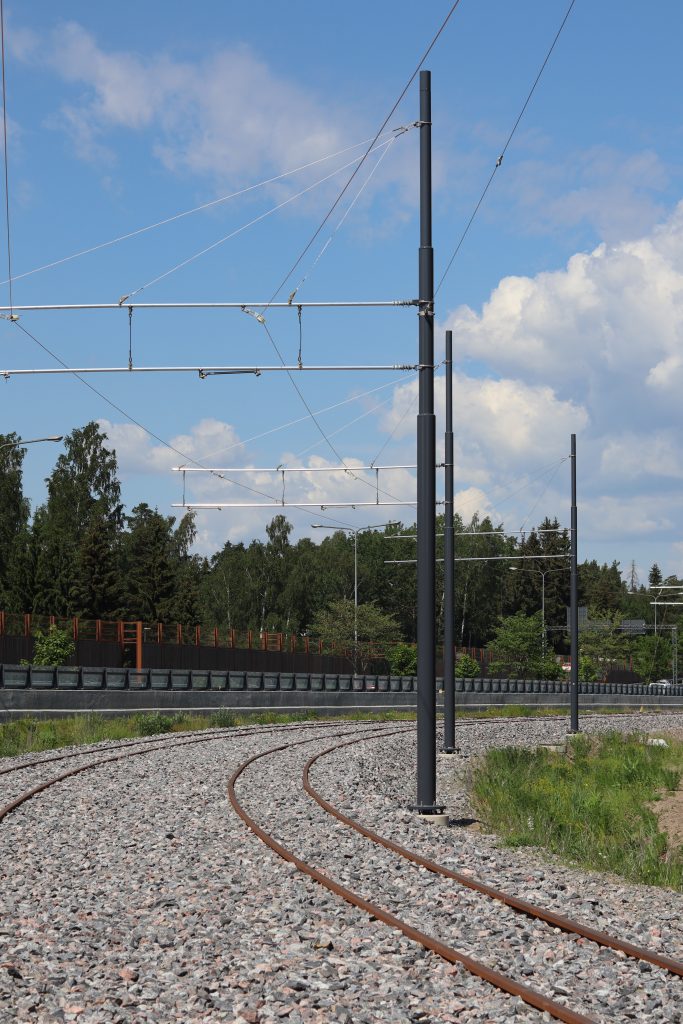What is the difference between a rail and a railway? And what on Earth is a contact line or a chamber filling block? In this article, we explain the meanings of various light rail related terms.
Light rail: A tram system that is faster than a conventional tram and usually has its own designated lane.
Rail: A railway has two adjacent steel rails, while a double railway has four.
Railway: The structure along which the tram travels. A railway consists of two rails and sleepers that keep them at the right distance from each other, attachment and lengthening pieces, switches and rail crossings, as well as other special railway structures (e.g. movement devices, line wells). There are two types of railways: sleeperless railways and crushed stone railways.
Double railway: Two adjacent railways, i.e. four adjacent rails.
Track: A route whose structures include the railways and switches with their support layers, substructures and base structures, bridges, culvers, drying structures, safety equipment, and the devices required for electrification and their earthing.
Switch: A section of the track in which the tram is guided from one railway to another with moving switch rails. There will be 32 switches along the Jokeri Light Rail route and 24 at the depot.
Track metre and railway metre: Track metre means a one-metre section of the tram track. One track metre includes one or more railways. Railway metre, on the other hand, means a one-metre section of one railway.
Track width: The distance between the inner edges of the rails. The width of the Jokeri Light Rail track is 1,000 mm.
Railway geometry: Railway geometry indicates the horizontal and vertical position of the railways. The geometry is optimised in terms of travel speed, passenger comfort, traffic fluency, safety and maintenance.
Track structures
Superstructure: The support layer (track slab or crushed stone support layer) and the railways form the superstructure.
Grooved rail: Grooved rails are commonly used on closed railways and tramways. A grooved rail has the railhead, meaning the part on which the wheel is placed, on one side and a continuous guard on the other, forming a flange groove in the middle. The tramways of Helsinki feature grooved rails in all of the line traffic network.
Vignole: The Vignole rail is a rail type commonly used in railways. The Vignole rail is used all over the world on open tracks built with sleepers. The Vignole rail is used on tramways on crushed stone tracks, as well as both closed and open green tracks.
Sleeperless railway: A railway type in which the rails are cast into a concrete slab. A total of 17.2 kilometres of the Jokeri Light Rail track consists of sleeperless railways.
Crushed stone track: A common railway type in which the rail is held in place by sleepers, which in turn are kept in place with the support of a crushed stone layer. There will be a total of nearly 8 kilometres of crushed stone track along the Jokeri Light Rail route.
Rail trough: When a normal track structure cannot be used, on bridges or in tunnels, for example, the rail can be attached to a trough by casting. The rail trough can be, for example, a groove in a concrete rail slab or a steel trough.
Grass railway: The surface structure around the railways has grass growing on it. There is a total of 8.7 kilometres of grass track along the Jokeri Light Rail route.
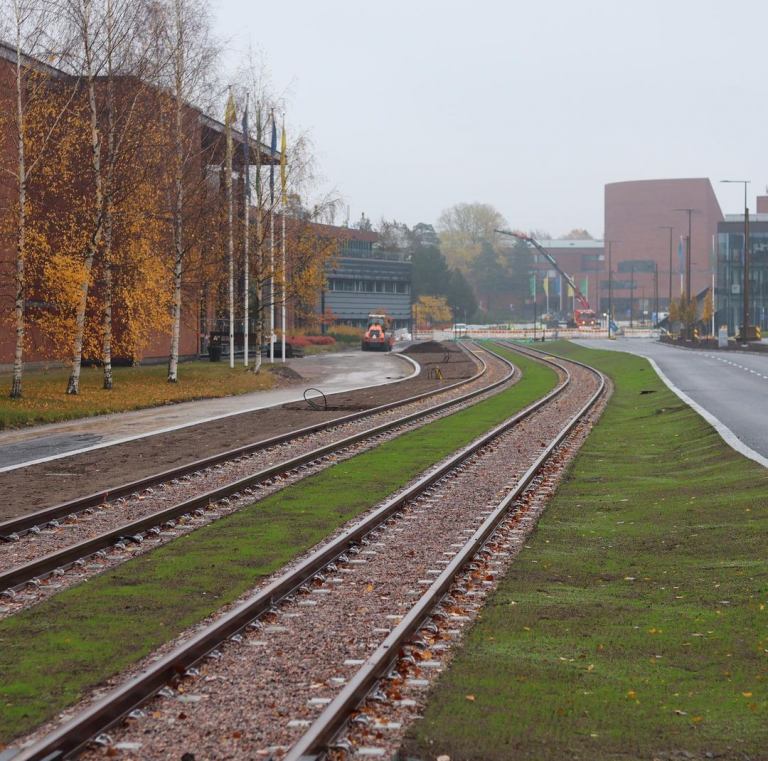
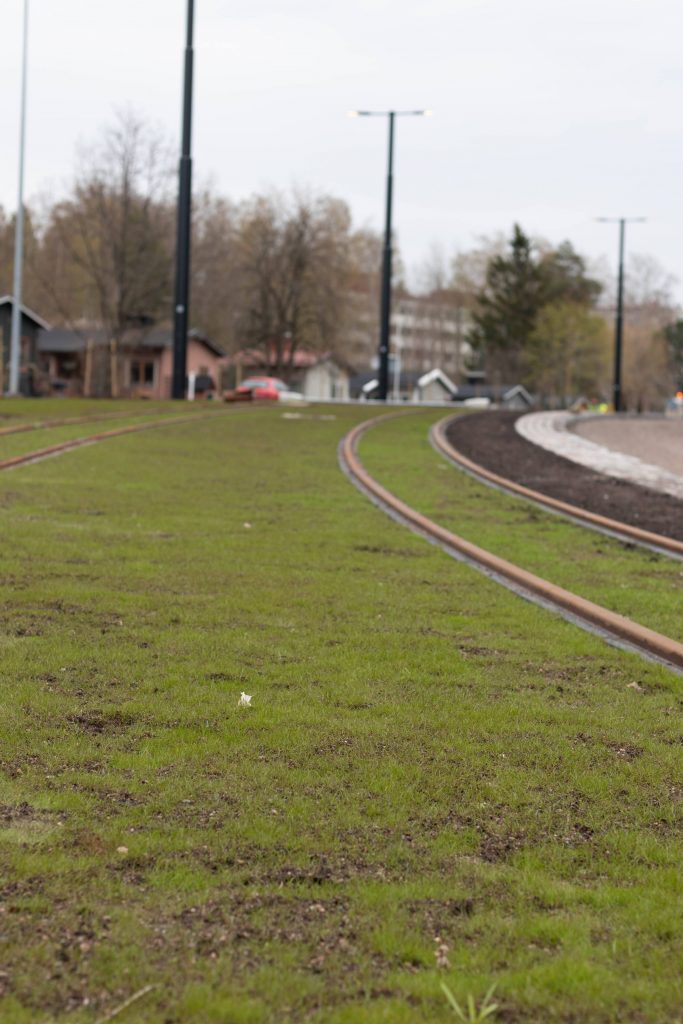
Chamber filling block: An insulation element installed around the rail to prevent stray current from being carried into the ground, protect the rail fastenings and make it possible to build surface structures next to the rail neatly.
Track electricity
Track electricity: Trams run on electricity, which is supplied to them via contact lines in the track electricity system.
Contact line: Contact line means a cable installed above the tramway, from which the tram receives its electrical power. The contact lines consist of overhead cables, hangers and supports.
Electricity supply station: The electricity supply station supplies the contact line system with electricity for the trams to use. The station converts a 20 kV alternating current into a 750 V direct current. Read more about electricity supply stations.
Shared-use pylon: A shared-use pylon serves several utilities, such as traffic lights, the contact line system and street lights. For example, you can see shared-use pylons along the Jokeri Light Rail route that have beams supporting contact lines on one side and a street light on the other side.
Track electricity pylon: A pylon next to or between railways used to support the cables that supply the track with electricity.
Stray current: An electrical current that returns to the electricity supply station via a route other than the return current route formed by the rails and rail connections, e.g. via the ground and the cable systems.

